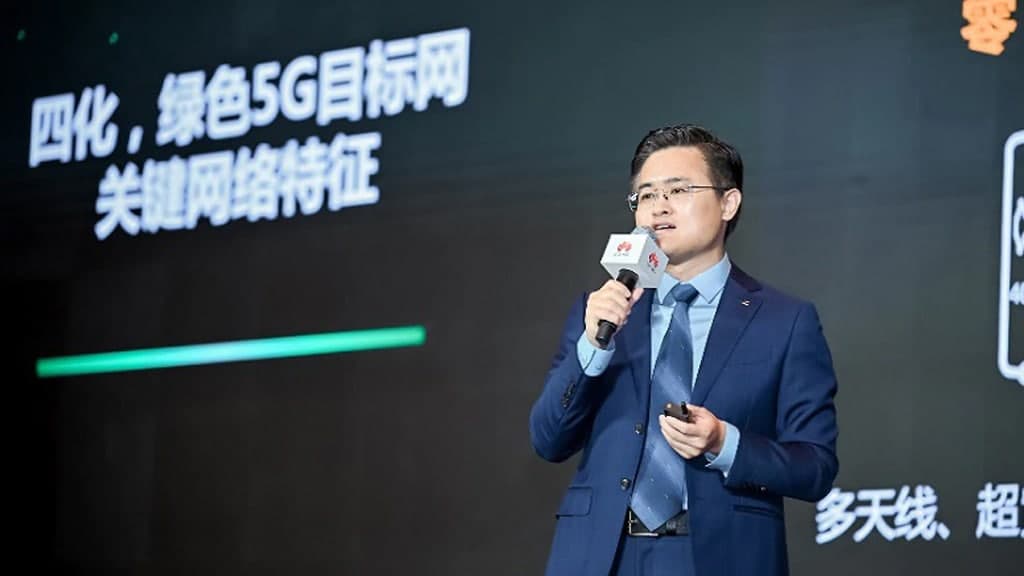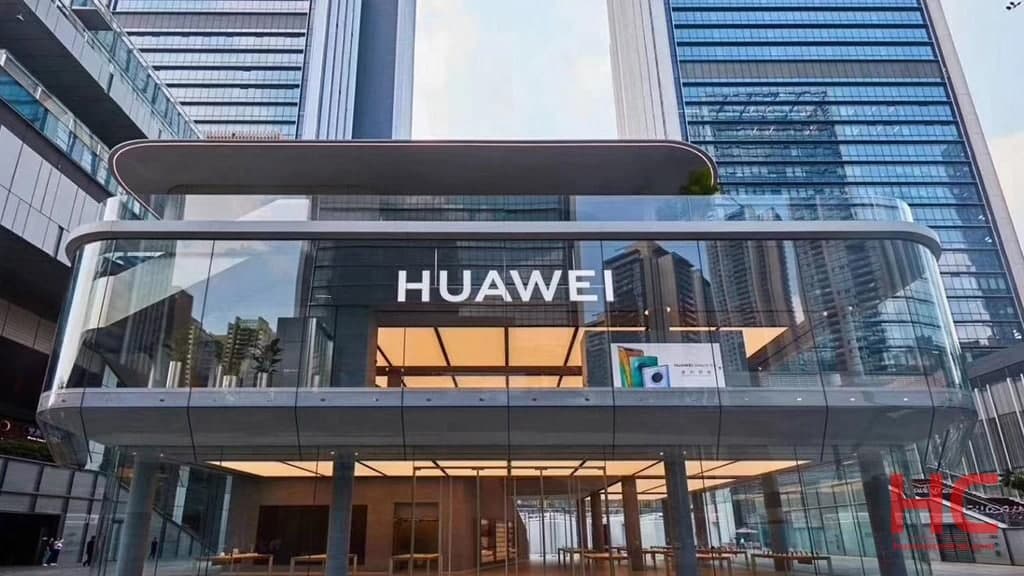News
Huawei describes 4 modernizations and 8 directions of green 5G network

On 30th August, Huawei released the Green 5G White Paper in Shanghai, China. Company’s Wireless Network SRAN Product Line President- Ma Hongbo shares his thoughts about 4 modernizations and 8 technical directions of the green 5G network.
The idea behind this release is to discuss the dual carbon action plan in the industry. With this release, Huawei became the first company to lead the technical trends in the green 5G network field. It explains, network energy efficiency into an applicable energy efficiency evaluation system.
Because of construction architecture and application scope, energy efficiency’s current single flow extended into the energy efficiency evaluation system. It covers multi-dimensional agents like capacity, coverage, experience, accuracy, and so on that illustrates robust changes in the energy economy. Moving ahead the four modernizations, it includes-
- High integration of equipment
- Extreme simplification of sites
- Network intelligence
- Full life cycle environmental protection
Related: Huawei released the 5G advanced network technology evolution White Paper with China Mobile

Now, let’s discuss the eight technical directions embodied in this green 5G white paper-
1) Multiple Radio Frequency Antennas:
The ultra-large-scale arrays RF antennas lead to a spatial beam concentration and enhances energy transmission efficiency. Furthermore, the equipment functionality increased by the use of multi-channel technology. Hence, the results are quite good.
Besides, the company’s test results proved that 64T64R’s bit energy efficiency of shown twenty folds greater results than compared with the 4T4R module.
2) Ultra-Wideband Power Amplifiers:
The use of ultra-wideband power amplifiers reduces energy consumption. The single frequency device can be merged as one to reduce the deployment cost as well as entry consumption.
The shifting of RRU from single-frequency to tri-frequency results in about 30% energy-saving benefits.
3) Hardware Sleep Mechanism:
The hardware sleep mechanism is one of the reasons for lesser energy consumption in low and medium loads. To date, an estimated 30% to 90% increase in turn-off depth has been realized with a more polished hardware sleep mechanism.
To be mentioned, this turn-off depth and response time are the main factions affecting the energy consumption rate in the device.
4) Minimalist Sites:
Peripheral devices like air conditioners, refrigerators, etc are responsible for site energy consumptions. Using the centralized computer room, site outdoor deployment, and high-efficiency heat dissipation technologies can help in achieving up to 30% reduce site energy consumption.

5) Linked Stations:
The linked stations can help in reducing city power consumption by around 50%. If the user stations in business are linked with energy supply-energy storage-energy use and other factors, the data stream can be used smartly in energy-saving at the whole station.
6) Smart Network:
The years of experience of the technicians are bringing more innovations in the industry. Better allotment of the network factor including frequency spectrum and real-time carrier making necessary adjustments corresponding to the business changes.
Besides, Huawei PowerStar 2.0 solution delivering good results in more refined energy-saving solutions. The shutdown duration, operation, maintenance efficiency, and multi-dimensional collaboration are getting better in terms of energy-saving and network performance.
7) Higher Standard Services:
As the industry is embracing the 5G network deployment, various solutions are emerging and leading toward more advanced solutions. The higher the network standard will go, the more every saving solution we’ll get.
8) Circular Economy Approach:
Coming to the circular economy, Huawei tried to implement a big green approach in practice. The green product life cycle management will surely help in preserving natural resources and achieving a low carbon rate.
At last, President Ma said, Huawei is looking forward to work with the other leaders to jointly carried out a green society in the industry. The Huawei Green 5G White Paper is just a small step to initiate this stream. The company is ready to join hands with the operators and work to achieve a win-win dual carbon fufture.






